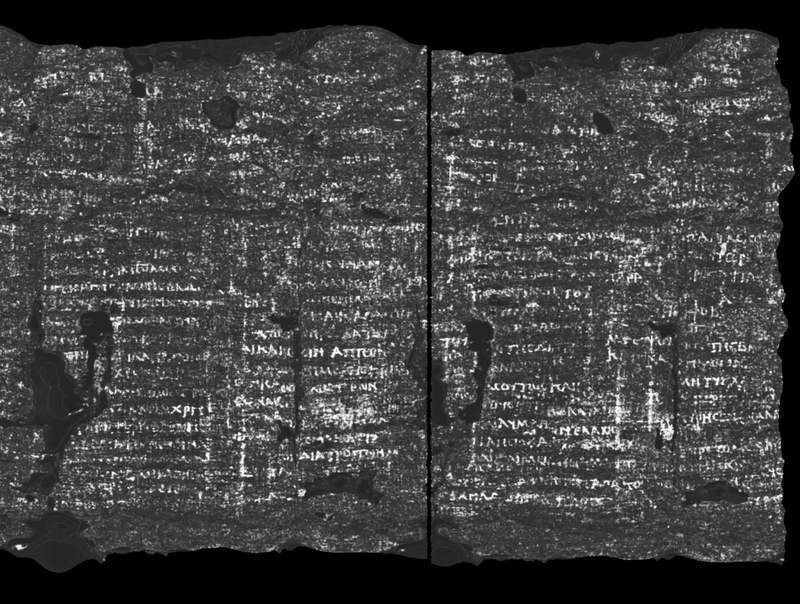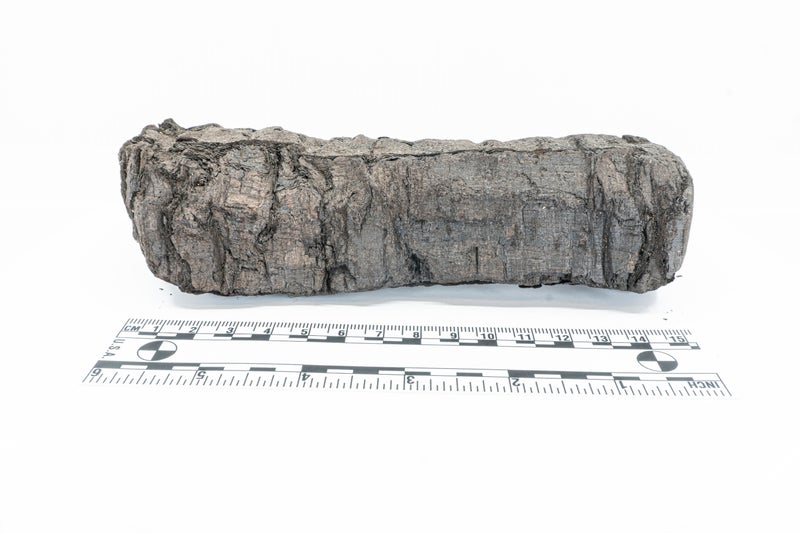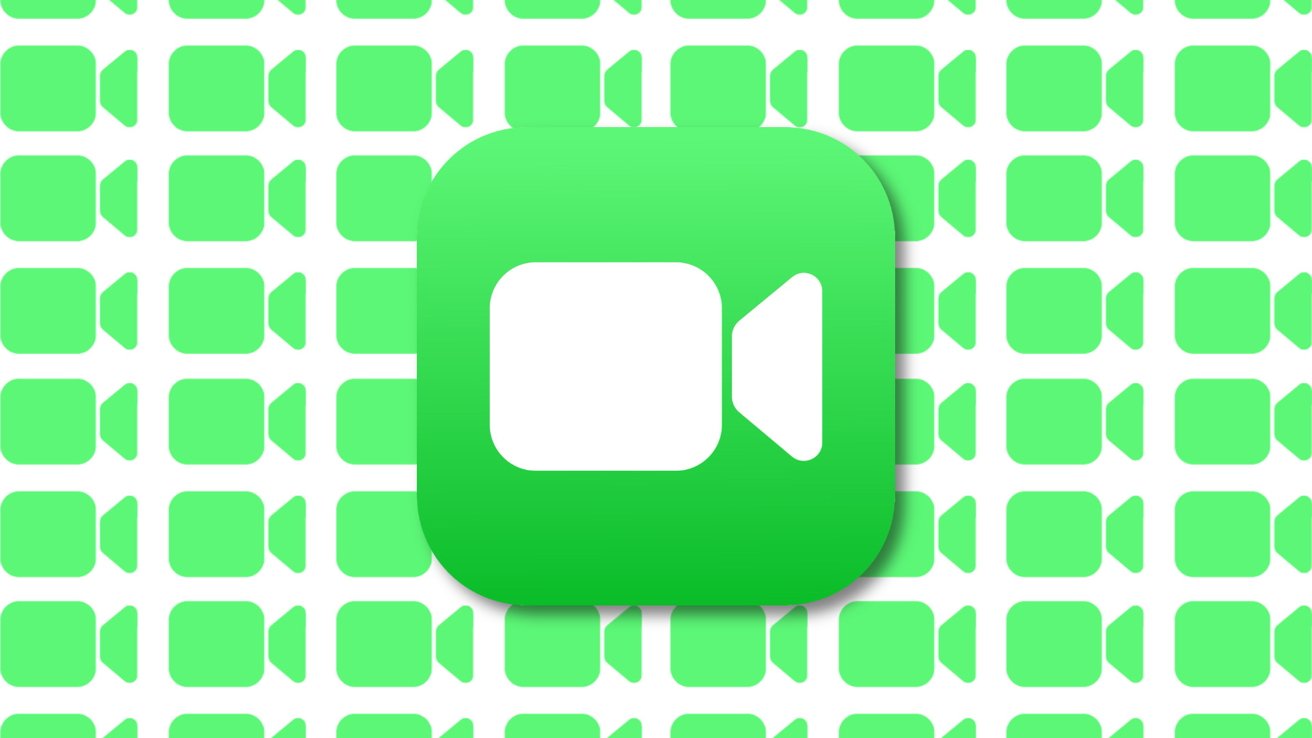It's been left unread for nearly 2,000 years, last glimpsed when the Roman Empire ruled over Europe. Now, scientists have used AI to virtually unfurl one of the Herculaneum scrolls – the ancient documents buried by the eruption of Mount Vesuvius in AD 79. Known as PHerc. 172, this particular scroll is housed at the Bodleian Libraries in Oxford, and is covered in ancient Greek text written in carbon-based ink.
![[These ancient rolls of papyrus are thought to contain profound philosophical and literary texts from ancient Greek and Roman scholars]](https://i.dailymail.co.uk/1s/2025/02/05/11/92735745-14362767-Pictured_is_the_scroll_in_a_scan_and_in_its_cannister_at_Bodleia-a-34_1738753663380.jpg)
'It's an incredible moment in history as librarians, computer scientists and scholars of the classical period are collaborating to see the unseen,' said Richard Ovenden, senior executive Bodleian Libraries. 'The astonishing strides forward made with imaging, and AI are enabling us to look inside scrolls that have not been read for almost 2,000 years.'. The Herculaneum scrolls are thought to contain profound philosophical and literary texts from ancient Greek and Roman scholars.
![[The strides made to unroll this scroll mark a significant step forward in our ability to recover texts from the ancient world, according to academics]](https://i.dailymail.co.uk/1s/2025/02/05/11/94881943-14362767-image-a-35_1738753668836.jpg)
The problem is that any attempts to unroll the burnt cylinders will turn them to dust because they are so fragile – meaning the words would be lost forever. So, scientists have been turning to ingenious methods such as x-ray scanning, ink-detection software and AI to virtually 'unroll' them. Scientists have virtually unfurled PHerc. 172, one of three Herculaneum scrolls now housed at the Bodleian Libraries in Oxford (pictured).
![[Scientists used Diamond Light Source to create 3D scans and a digital reconstruction of scroll PHerc.172, held at Oxford's Bodleian Library]](https://i.dailymail.co.uk/1s/2025/02/05/11/94881939-14362767-image-a-36_1738753679194.jpg)
These ancient rolls of papyrus are thought to contain profound philosophical and literary texts from ancient Greek and Roman scholars. Scientists used Diamond Light Source to create 3D scans and a digital reconstruction of scroll PHerc.172, one of three Herculaneum scrolls housed at Bodleian Libraries. They then used AI to identify the ink markings on the papyrus – a material similar to paper, made from the pith of the papyrus plant.
![[Even if scientists were able to physically unfurl the scroll, these ink markings would be invisible to the naked human eye due to the burnt papyrus]](https://i.dailymail.co.uk/1s/2025/02/05/11/94881941-14362767-image-m-40_1738754697151.jpg)
Even if scientists were able to physically unfurl the scroll, these ink markings would be invisible to the naked eye due to the burnt papyrus. Experts have interpreted a few fragments of words of PHerc.172, but they're still yet to decipher full sentences. One of the first words to be translated is the Ancient Greek διατροπή, a word found in other Herculaneum scrolls that would mean something like 'confusion, agitation, or disgust'.
![[Scientists say freshly-revealed text is Greek and they've interpreted a few fragments of words, although they're still yet to decipher full sentences]](https://i.dailymail.co.uk/1s/2025/02/05/11/92735741-14362767-Scientists_say_freshly_revealed_text_is_Greek_and_they_ve_interp-a-38_1738754517419.jpg)
The word appears twice within a few columns of text, but what exactly it's referring to is as yet unknown. Similarly, in another segment, the sequence of Greek letters τυγχαν may be the beginning of the verb τυγχάνω, which means 'to happen'. Intriguingly, the ink seems to appear more clearly in the outer wraps of the scroll, and in some cases, is it only clear every other line – which suggests the scribe dipped their pen once every two lines.
![[In 1802 or 1803, PHerc. 172 and other scrolls were given by the king of Naples and Sicily, Ferdinand IV, to the future George IV in England]](https://i.dailymail.co.uk/1s/2025/02/05/09/92735747-14362767-In_1802_or_1803_PHerc_172_and_five_other_scrolls_were_given_by_t-a-14_1738749135651.jpg)
The strides made to unroll this scroll mark a significant step forward in our ability to recover texts from the ancient world, according to academics. Scientists used Diamond Light Source to create 3D scans and a digital reconstruction of scroll PHerc.172, held at Oxford's Bodleian Library. Even if scientists were able to physically unfurl the scroll, these ink markings would be invisible to the naked human eye due to the burnt papyrus.
![[The Italian town of Herculaneum was destroyed - together with Pompeii, Torre Annunziata and Stabiae - by the Vesuvius eruption of AD 79. Pictured, Herculaneum ruins]](https://i.dailymail.co.uk/1s/2025/02/05/11/84359313-14362767-The_Italian_town_of_Herculaneum_was_destroyed_together_with_Pomp-a-42_1738755727965.jpg)
Firstly, at the Diamond Light Source in Oxfordshire, x-rays are shot at the scrolls to create scans and a 3D reconstruction. AI is used to detect the areas of the papyrus that were touched by ink to reveal the Greek text. This is made especially difficult due to the use of carbon-based ink when the text was written. The papyrus was effectively turned to carbon lumps when the Herculaneum villa where the scrolls were kept was engulfed by the eruption of Mount Vesuvius in 79 AD.
![[Abbot Piaggio's machine was used to unroll scrolls as early as 1756 in the Vatican Library - but it 'destroyed a lot of the work']](https://i.dailymail.co.uk/1s/2025/02/05/09/84357671-14362767-Abbot_Piaggio_s_machine_was_used_to_unroll_scrolls_as_early_as_1-a-16_1738749287603.jpg)
'A human hand wrote this text 2,000 years ago, and it's an unforgettable experience to be the first person in that time to see it,' the team say. The AI focuses solely on detection of the ink and does not have any understanding of language and cannot recognise characters. In this way, AI operates much like 18th-century copyists, who were employed to meticulously replicate what they saw in the scrolls without comprehending the text.
![[Professor Graziano Ranocchia of the University of Pisa said: 'Thanks to the most advanced imaging diagnostic techniques, we are finally able to read and decipher new sections of texts that previously seemed inaccessible' (pictured: carbonised papyri from Herculaneum)]](https://i.dailymail.co.uk/1s/2025/02/05/09/84243585-14362767-Professor_Graziano_Ranocchia_of_the_University_of_Pisa_said_Than-m-17_1738749296400.jpg)
Researchers now hope to reach the end of the papyrus (the innermost part of the carbonised scroll) where the colophon with the title of the work may be preserved. 'This scroll contains more recoverable text than we have ever seen in a scanned Herculaneum scroll,' said Dr Brent Seales, co-founder of the Vesuvius Challenge. 'Despite these exciting results, much work remains to improve our software methods so that we can read the entirety of this and the other Herculaneum scroll.'.
![[Hundreds of the scrolls - scorched in the eruption of Mount Vesuvius - were destroyed during early attempts to unroll them]](https://i.dailymail.co.uk/1s/2025/02/05/09/84243515-14362767-Hundreds_of_the_scrolls_scorched_in_the_eruption_of_Mount_Vesuvi-a-13_1738749087948.jpg)
Experts are putting a call-out to engineers who can develop AI methods to reveal more of the hidden text as part of the 'Vesuvius Challenge' – with a hefty cash prize up for grabs. Earlier this year, students won $700,000 (£550,000) when they used AI to work out what's written on another one of the scrolls, held by the Institut de France in Paris. Scientists say freshly-revealed text is Greek and they've interpreted a few fragments of words, although they're still yet to decipher full sentences.
![[Mount Vesuvius erupted in the year AD 79, burying the cities of Pompeii, Oplontis, and Stabiae under ashes and rock fragments, and the city of Herculaneum under a mudflow]](https://i.dailymail.co.uk/i/newpix/2018/04/27/12/4B9C35CA00000578-5664741-Mount_Vesuvius_erupted_in_the_year_AD_79_burying_the_cities_of_P-a-3_1524829504926.jpg)






















